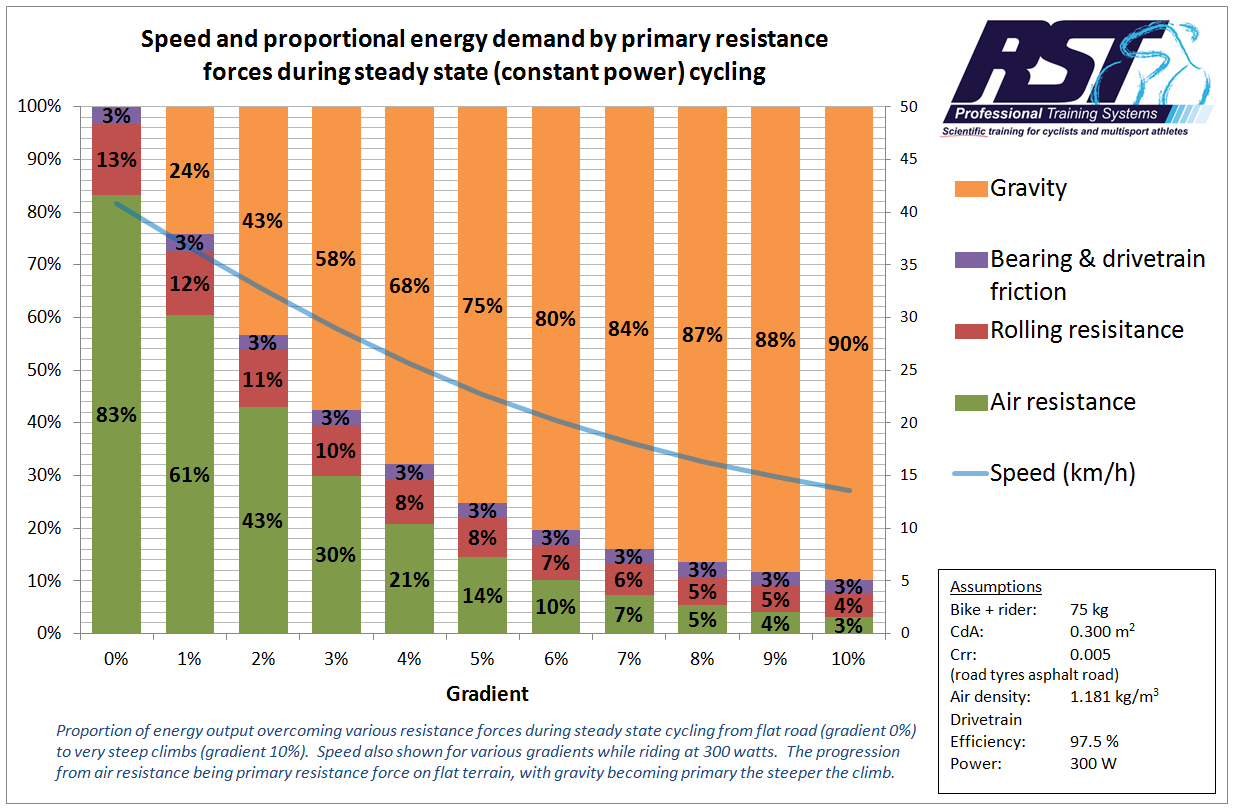watch the video if you haven't. it's a 5sec video that i suspect will produce 200 posts or more. i've read a lot of the facebook comments. one thing i haven't heard mentioned, yet, is braking, as in, if the increased interia at speed cancels the increased acceleration getting to speed, braking cancels the effect of the inertia at speed (the more you brake, as in a crit, the more this is important, the less you brake the less important).
also, i think it might be relevant to establish that the distance of uphills and downhills don't cancel each other out, rather it's time spent riding up versus down.
otherwise, i've always felt that cycling on the flats consisted of constant, if slight, accelerations and decelerations, rather than riding at a perpetual static speed.
all that established i will defer to the smarter brains, the opinions of which i hope to read below.
Dan Empfield
aka Slowman
also, i think it might be relevant to establish that the distance of uphills and downhills don't cancel each other out, rather it's time spent riding up versus down.
otherwise, i've always felt that cycling on the flats consisted of constant, if slight, accelerations and decelerations, rather than riding at a perpetual static speed.
all that established i will defer to the smarter brains, the opinions of which i hope to read below.
Dan Empfield
aka Slowman




